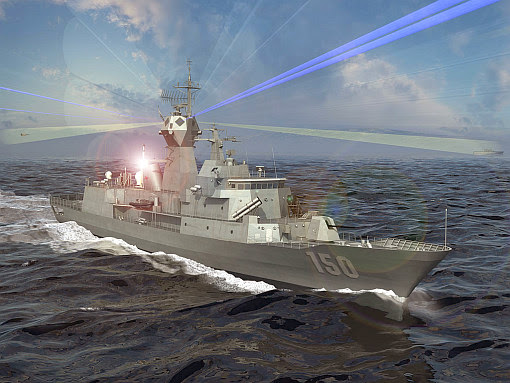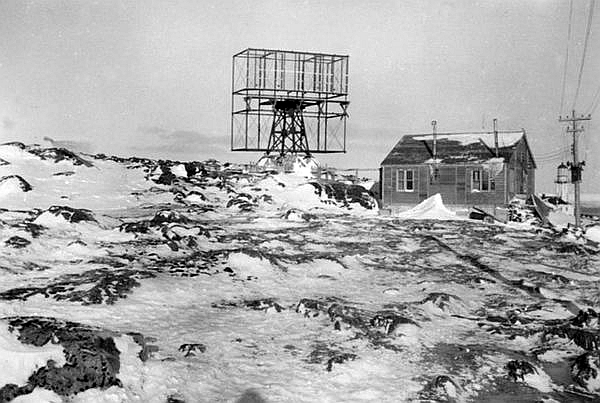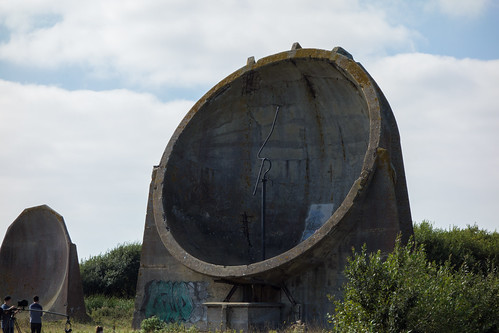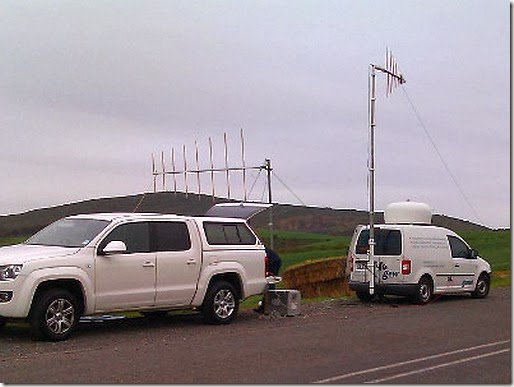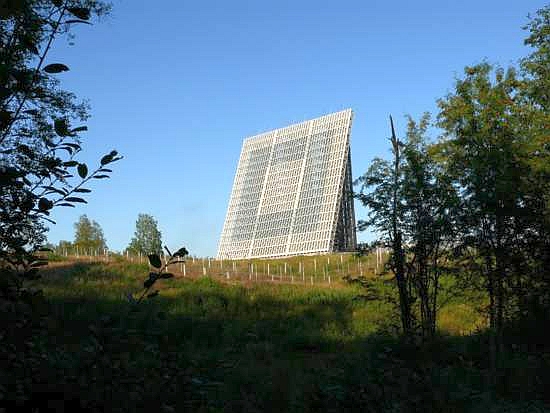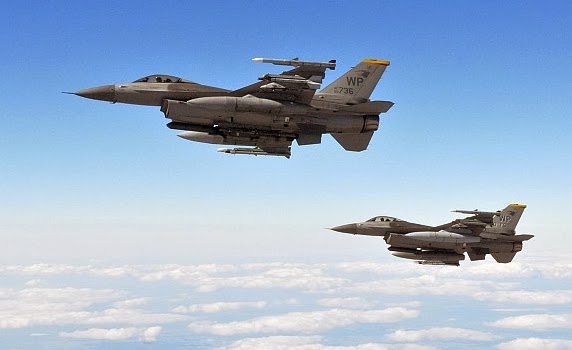The LONGBOW Limited Liability Company, a joint venture of Lockheed Martin and Northrop Grumman, has received a $51 million foreign military sales contract to provide the Republic of Korea with LONGBOW Fire Control Radars (FCRs) for the AH-64E Apache attack helicopter.

The contract includes six LONGBOW FCR systems, spares and in-country support. Production is scheduled through 2016, with assembly of the LONGBOW FCR performed at Lockheed Martin’s Ocala and Orlando, Fla., facilities, and Northrop Grumman's Baltimore, Md., facility.
“The Republic of Korea is the 10th international customer for LONGBOW systems,” said Tom Eldredge, LONGBOW LLC president and director of LONGBOW programs at Lockheed Martin Missiles and Fire Control. “The LONGBOW FCR is a battle-proven radar system that will provide Republic of Korea Apache pilots with increased situational awareness, survivability and lethality.”
“The LONGBOW FCR team will provide the Republic of Korea with a product that promotes greater regional security and provides warfighters with the highest level of protection while increasing the international Apache footprint,” said Mike Galletti, director of the Tactical Sensor Solutions-Aviation business unit for Northrop Grumman’s Land and Self Protection Systems Division.
Since 1998, LONGBOW FCR has provided Apache aircrews with target detection, location, classification and prioritization. In all weather, over multiple terrains and through any battlefield obscurant, the radar allows automatic and rapid multitarget engagement.
Source: Lockheed Martin Corporation

